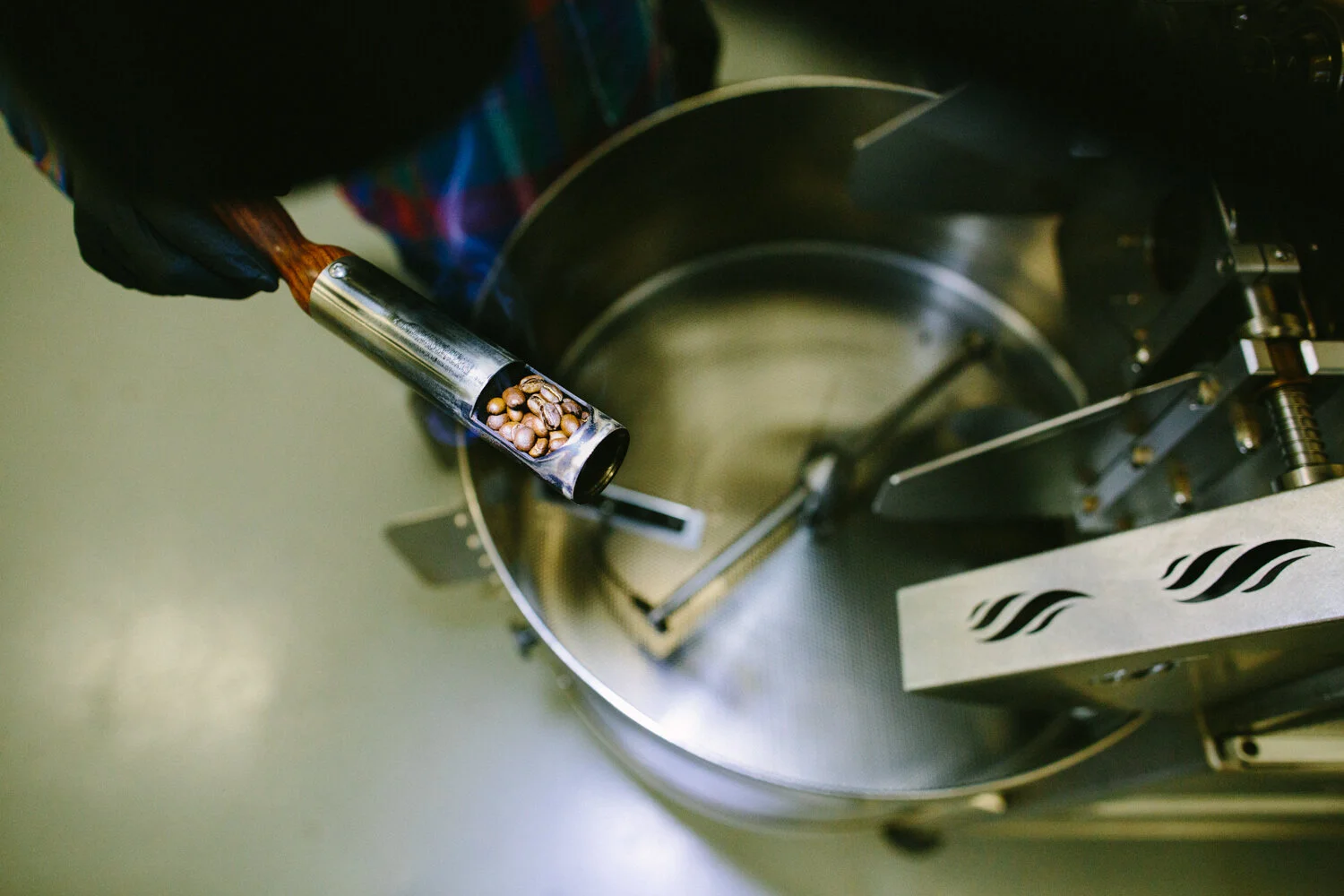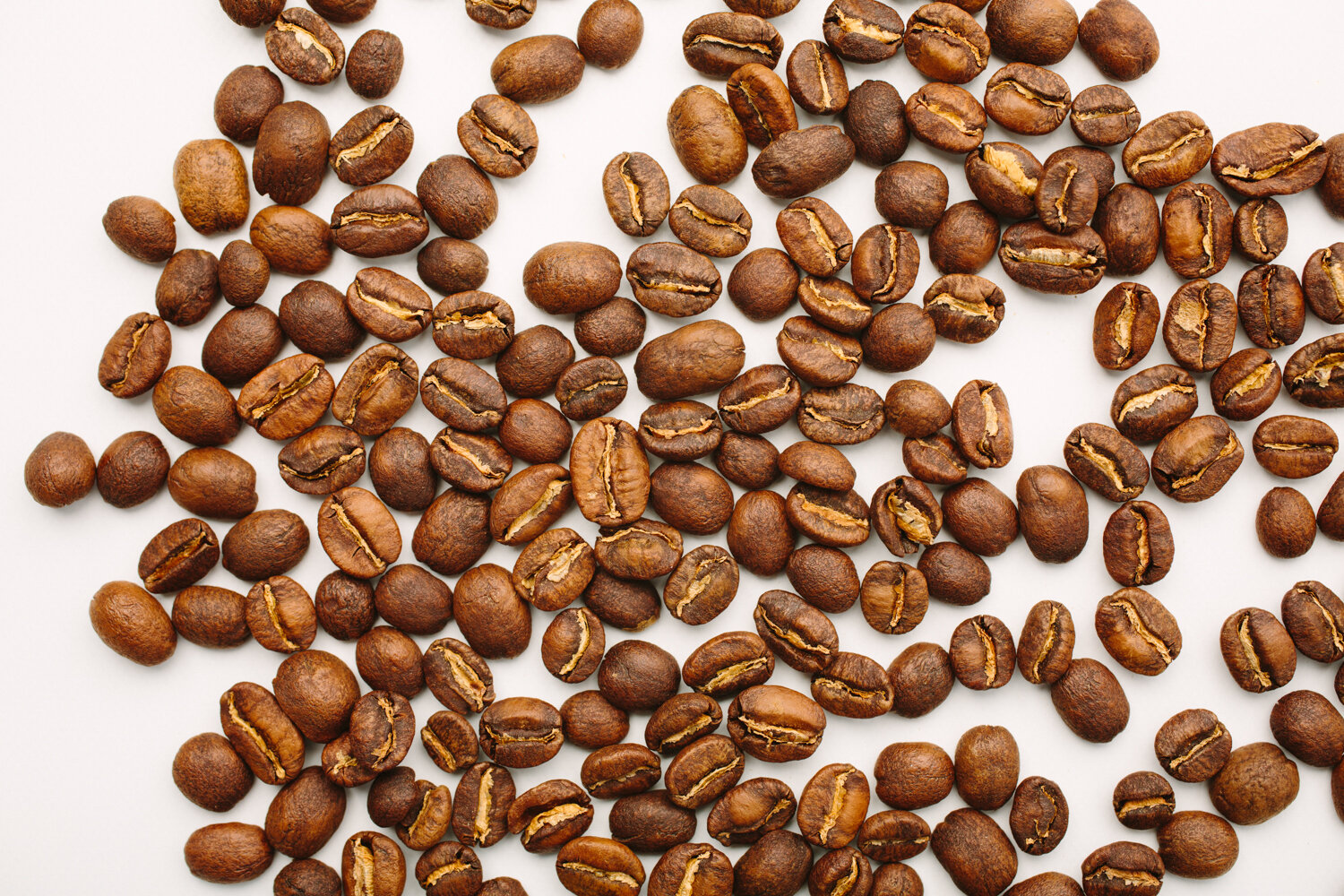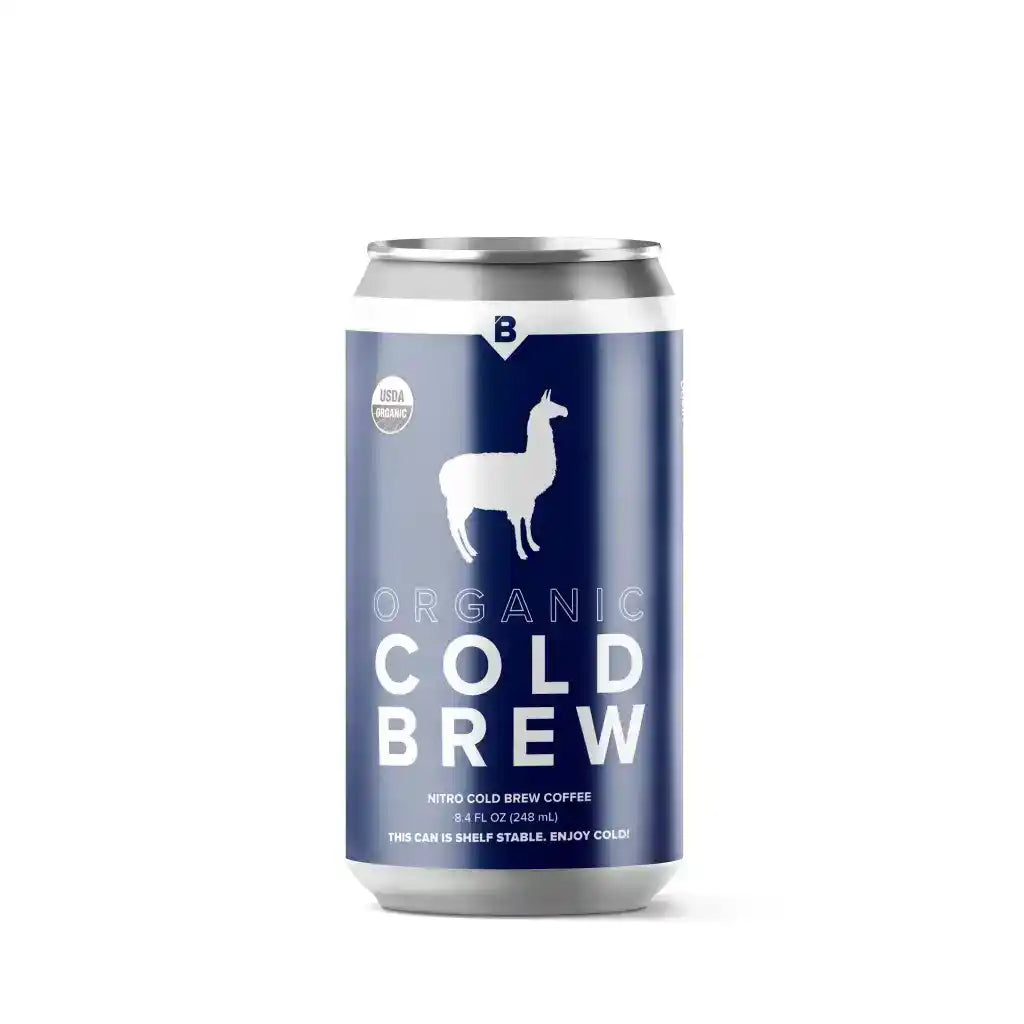
What are coffee tasting notes?
The unique and distinct flavors that span our coffee selection come from the type of bean we use and our roasting process. The tasting notes on our labels are only descriptors, we never add any flavor to our coffee!
Because everyone’s senses are different, it can often be difficult to pin down a coffee’s precise flavor. Much like the food we eat, coffee is very chemically complex and we experience it through gustation (taste) and olfaction (smell). When coffee is brewed, it is around 98.5% water, so the tiny amount of dissolved solids, oils, and strong aromatic compounds in the brew pack quite the punch. Bringing those flavors to life is quite a complex process involving many chemical reactions.
Green Beans (and not the kind in the produce aisle):
You may have seen us use the term “green” before. That refers to the coffee beans in their raw, unroasted state, which is how we receive them at our warehouse. In its country of origin, coffee goes through a minimum two-month process to go green—it’s picked, depulped, fermented, washed, dried, rested, and finally dehulled of the parchment layer prior to export—all of which can enhance or diminish the sensory experience.
The green we get sets the tone for the rest of the roasting process. If we start with low quality green, roasting it won’t transform it into something special. That’s why we aim to always work with a fresh, seasonal, and high quality product. Now, once we’ve got the green, we’re ready to roast!
The Role of Roasting:

Since green is actually very dense and dull in taste and aroma, roasting is essential. In fact, brewed coffee has upwards of 800 aroma compounds that are created through the roasting process! During roasting, many chemical reactions take place like caramelization, Maillard reactions, and the degradation of amino acids, sugars, phenolic acids, and lipids. They all unearth hundreds of aromatic compounds giving coffee it’s “bouquet”—which is the term used to describe the different olfactory sensations we experience from the gases and vapors of coffee, such as the dry fragrance, brewed aroma, nose upon sipping, and aftertaste.
Coffee’s Composition:
What’s inside the bean affects its flavor profile and roasting results. So, if you like to get nerdy, here are some of the key components in coffee that create flavor:
Sucrose: This is the primary carbohydrate in green, making up about 9% of its composition and determining the sweetness and acidity in the cup. Although we always hope to get as much sucrose as possible in green, it’s out of our hands—this is achieved on the farm through healthy soil, sun, shade, rain, and picking ripe. The roasting process caramelizes sucrose, turning it into acetic acid, breaking down its sugar molecules, and producing hundreds of new compounds and bitter flavors. If you drink dark roasts, there is more caramelization there, actually making it more bitter. As caramelization is pushed further it moves from sweet flavors to increasingly more bitter flavors.
Proteins and free amino acids: These make up about 12% of green and are transformed during roasting by Maillard reactions (nonenzymatic browning reactions) creating roasted, toasted, and baked aromas, a brown color, and a bittersweet flavor. When you toast bread, Maillard reactions occur giving off that amazing aroma. The same is true for coffee!

Organic acids: These account for around 7% of the bean and include the prominent chlorogenic acids, as well as citric, malic, phosphoric, quinic, caffeic, acetic, and formic. Organic acids add acidity, sourness, bitterness, and astringency. The roasting length dramatically transforms these acids, so a spectrum of flavors can be produced from the same bean. Balancing the acids is our goal in roasting. If it’s roasted too light, there will be too many remaining chlorogenics so the coffee will taste vegetal and metallic. However, if it’s roasted too dark, the tasty acids are lost. How and where the coffee was grown determines the acids present. Higher elevation coffees usually have higher concentrations of acids, but it is the natural environment and humidity that determine what acids are present in the bean.
As roasted coffee ages, it releases CO2 and all the trapped aromatics. On top of this, lipids in the beans will oxidize and result in a stale flavor over the course of a few months. We think coffee tastes best 1-5 weeks after the roast date on an opened bag. And to ensure as little oxygen is present during shipping, we nitro flush our retail whole bean bags to further ensure their shelf life. So, next time you smell your coffee brewing, you’ll have a better idea of how those sweet aromas came to be!







Leave a comment
This site is protected by hCaptcha and the hCaptcha Privacy Policy and Terms of Service apply.